-
Definition
-
Scope of the Study
- Research Objective
- Assumptions
- Limitations
-
Introduction
-
Primary Research
-
Secondary Research
-
Market Size Estimation
-
Drivers
-
Restraints
-
Opportunities
-
Porter’s Five Forces Analysis
- Bargaining Power of Suppliers
- Bargaining Power of Buyers
- Threat of New Entrants
- Threat of Substitutes
- Intensity of Rivalry
-
Value Chain Analysis
-
Chapter 6. Global Single-Photon Emission Computed Tomography (SPECT) Market, by Type
-
Introduction
-
Hybrid SPECT Systems
-
Standalone SPECT Systems
-
Chapter 7. Global Single-Photon Emission Computed Tomography (SPECT) Market, by Application
-
Introduction
-
Oncology
-
Cardiology
-
Neurology
-
Others
-
Chapter 8. Global Single-Photon Emission Computed Tomography (SPECT) Market, by End User
-
Introduction
-
Hospitals
-
Diagnostic Imaging Centers
-
Academic & Research Centers
-
Others
-
Chapter 9. Global Single-Photon Emission Computed Tomography (SPECT) Market, by Region
-
Introduction
-
America
- North America
- South America
-
Europe
- Western Europe
- Eastern Europe
-
Asia-Pacific
- Japan
- China
- India
- Australia
- Republic of Korea
- Rest of Asia-Pacific
-
Middle East & Africa
- The Middle East
- Africa
-
Chapter 10. Company Landscape
-
Introduction
-
Market Share Analysis
-
Key Development & Strategies
-
Chapter 11 Company Profiles
-
Koninklijke Philips N.V (The Netherlands)
- Company Overview
- Type Overview
- Financials
- Key Developments
- SWOT Analysis
-
Siemens (Germany)
- Company Overview
- Type Overview
- Financial Overview
- Key Developments
- SWOT Analysis
-
Positron Corporation (U.S)
- Company Overview
- Type Overview
- Financial Overview
- Key Development
- SWOT Analysis
-
Neusoft Medical Systems
- Company Overview
- Type/Business Segment Overview
- Financial Overview
- Key Development
- SWOT Analysis
-
Digirad Corporation
- Company Overview
- Type Overview
- Financial overview
- Key Developments
- SWOT Analysis
-
Gamma Medica Inc.
- Company Overview
- Type Overview
- Financial Overview
- Key Developments
- SWOT Analysis
-
GE Healthcare
- Overview
- Type Overview
- Financials
- Key Developments
- SWOT Analysis
-
Oncovision
- Overview
- Type Overview
- Financials
- Key Developments
- SWOT Analysis
-
Bruker Corporation
- Overview
- Type Overview
- Financials
- Key Developments
- SWOT Analysis
-
Mediso Ltd.
- Overview
- Type Overview
- Financials
- Key Developments
- SWOT Analysis
-
Others.
-
Chapter 12 Appendix
-
-
LIST OF TABLES
-
GLOBAL SINGLE-PHOTON EMISSION COMPUTED TOMOGRAPHY (SPECT) MARKET INDUSTRY SYNOPSIS, 2023-2032
-
GLOBAL SINGLE-PHOTON EMISSION COMPUTED TOMOGRAPHY (SPECT) MARKET ESTIMATES & FORECAST, 2023-2032, (USD MILLION)
-
GLOBAL SINGLE-PHOTON EMISSION COMPUTED TOMOGRAPHY (SPECT) MARKET, BY REGION, 2023-2032, (USD MILLION)
-
GLOBAL SINGLE-PHOTON EMISSION COMPUTED TOMOGRAPHY (SPECT) MARKET, BY TYPE, 2023-2032, (USD MILLION)
-
GLOBAL SINGLE-PHOTON EMISSION COMPUTED TOMOGRAPHY (SPECT) MARKET, BY APPLICATION, 2023-2032, (USD MILLION)
-
GLOBAL SINGLE-PHOTON EMISSION COMPUTED TOMOGRAPHY (SPECT) MARKET, BY END USER, 2023-2032, (USD MILLION)
-
NORTH AMERICA: SINGLE-PHOTON EMISSION COMPUTED TOMOGRAPHY (SPECT) MARKET, BY TYPE, 2023-2032, (USD MILLION)
-
NORTH AMERICA: SINGLE-PHOTON EMISSION COMPUTED TOMOGRAPHY (SPECT) MARKET, BY APPLICATION, 2023-2032, (USD MILLION)
-
NORTH AMERICA: SINGLE-PHOTON EMISSION COMPUTED TOMOGRAPHY (SPECT) MARKET, BY END USER, 2023-2032, (USD MILLION)
-
US: SINGLE-PHOTON EMISSION COMPUTED TOMOGRAPHY (SPECT) MARKET, BY TYPE, 2023-2032, (USD MILLION)
-
US: SINGLE-PHOTON EMISSION COMPUTED TOMOGRAPHY (SPECT) MARKET, BY APPLICATION, 2023-2032, (USD MILLION)
-
US: SINGLE-PHOTON EMISSION COMPUTED TOMOGRAPHY (SPECT) MARKET, BY END USER, 2023-2032, (USD MILLION)
-
CANADA: SINGLE-PHOTON EMISSION COMPUTED TOMOGRAPHY (SPECT) MARKET, BY TYPE, 2023-2032, (USD MILLION)
-
CANADA: SINGLE-PHOTON EMISSION COMPUTED TOMOGRAPHY (SPECT) MARKET, BY APPLICATION, 2023-2032, (USD MILLION)
-
CANADA: SINGLE-PHOTON EMISSION COMPUTED TOMOGRAPHY (SPECT) MARKET, BY END USER, 2023-2032, (USD MILLION)
-
SOUTH AMERICA: SINGLE-PHOTON EMISSION COMPUTED TOMOGRAPHY (SPECT) MARKET, BY TYPE, 2023-2032, (USD MILLION)
-
SOUTH AMERICA: SINGLE-PHOTON EMISSION COMPUTED TOMOGRAPHY (SPECT) MARKET, BY APPLICATION, 2023-2032, (USD MILLION)
-
SOUTH AMERICA: SINGLE-PHOTON EMISSION COMPUTED TOMOGRAPHY (SPECT) MARKET, BY END USER, 2023-2032, (USD MILLION)
-
EUROPE: SINGLE-PHOTON EMISSION COMPUTED TOMOGRAPHY (SPECT) MARKET, TYPE, 2023-2032, (USD MILLION)
-
EUROPE: SINGLE-PHOTON EMISSION COMPUTED TOMOGRAPHY (SPECT) MARKET, APPLICATION, 2023-2032, (USD MILLION)
-
EUROPE: SINGLE-PHOTON EMISSION COMPUTED TOMOGRAPHY (SPECT) MARKET, BY END USER, 2023-2032, (USD MILLION)
-
WESTERN EUROPE: SINGLE-PHOTON EMISSION COMPUTED TOMOGRAPHY (SPECT) MARKET, BY TYPE, 2023-2032, (USD MILLION)
-
WESTERN EUROPE: SINGLE-PHOTON EMISSION COMPUTED TOMOGRAPHY (SPECT) MARKET, BY APPLICATION, 2023-2032, (USD MILLION)
-
WESTERN EUROPE: SINGLE-PHOTON EMISSION COMPUTED TOMOGRAPHY (SPECT) MARKET, BY END USER, 2023-2032, (USD MILLION)
-
EASTERN EUROPE: SINGLE-PHOTON EMISSION COMPUTED TOMOGRAPHY (SPECT) MARKET, BY TYPE, 2023-2032, (USD MILLION)
-
EASTERN EUROPE: SINGLE-PHOTON EMISSION COMPUTED TOMOGRAPHY (SPECT) MARKET, BY APPLICATION, 2023-2032, (USD MILLION)
-
EASTERN EUROPE: SINGLE-PHOTON EMISSION COMPUTED TOMOGRAPHY (SPECT) MARKET, BY END USER, 2023-2032, (USD MILLION)
-
ASIA-PACIFIC: SINGLE-PHOTON EMISSION COMPUTED TOMOGRAPHY (SPECT) MARKET, BY TYPE, 2023-2032, (USD MILLION)
-
ASIA-PACIFIC: SINGLE-PHOTON EMISSION COMPUTED TOMOGRAPHY (SPECT) MARKET, BY APPLICATION, 2023-2032, (USD MILLION)
-
ASIA-PACIFIC: SINGLE-PHOTON EMISSION COMPUTED TOMOGRAPHY (SPECT) MARKET, BY END USER, 2023-2032, (USD MILLION)
-
MIDDLE EAST & AFRICA: SINGLE-PHOTON EMISSION COMPUTED TOMOGRAPHY (SPECT) MARKET, BY TYPE, 2023-2032, (USD MILLION)
-
MIDDLE EAST & AFRICA: SINGLE-PHOTON EMISSION COMPUTED TOMOGRAPHY (SPECT) MARKET, BY APPLICATION, 2023-2032, (USD MILLION)
-
MIDDLE EAST & AFRICA: SINGLE-PHOTON EMISSION COMPUTED TOMOGRAPHY (SPECT) MARKET, BY END USER, 2023-2032, (USD MILLION)
-
-
LIST OF FIGURES
-
RESEARCH PROCESS
-
SEGMENTATION FOR THE GLOBAL SINGLE-PHOTON EMISSION COMPUTED TOMOGRAPHY (SPECT) MARKET
-
MARKET DYNAMICS FOR THE GLOBAL SINGLE-PHOTON EMISSION COMPUTED TOMOGRAPHY (SPECT) MARKET
-
GLOBAL SINGLE-PHOTON EMISSION COMPUTED TOMOGRAPHY (SPECT) MARKET SHARE, BY TYPE 2020
-
GLOBAL SINGLE-PHOTON EMISSION COMPUTED TOMOGRAPHY (SPECT) MARKET SHARE, BY APPLICATION 2020
-
GLOBAL SINGLE-PHOTON EMISSION COMPUTED TOMOGRAPHY (SPECT) MARKET SHARE, BY END USER, 2020
-
GLOBAL SINGLE-PHOTON EMISSION COMPUTED TOMOGRAPHY (SPECT) MARKET SHARE, BY REGION, 2020
-
NORTH AMERICA SINGLE-PHOTON EMISSION COMPUTED TOMOGRAPHY (SPECT) MARKET SHARE, BY COUNTRY, 2020
-
EUROPE PRESCRIBED HEALTH APPS SHARE, BY COUNTRY, 2020
-
ASIA-PACIFIC SINGLE-PHOTON EMISSION COMPUTED TOMOGRAPHY (SPECT) MARKET SHARE, BY COUNTRY, 2020
-
MIDDLE EAST & AFRICA SINGLE-PHOTON EMISSION COMPUTED TOMOGRAPHY (SPECT) MARKET SHARE, BY COUNTRY, 2020
-
GLOBAL SINGLE-PHOTON EMISSION COMPUTED TOMOGRAPHY (SPECT) MARKET: COMPANY SHARE ANALYSIS, 2020 (%)
-
KONINKLIJKE PHILIPS N.V.: KEY FINANCIALS
-
KONINKLIJKE PHILIPS N.V.: SEGMENTAL REVENUE
-
KONINKLIJKE PHILIPS N.V: GEOGRAPHICAL REVENUE
-
SIEMENS.: KEY FINANCIALS
-
SIEMENS.: SEGMENTAL REVENUE
-
SIEMENS.: GEOGRAPHICAL REVENUE
-
POSITRON CORPORATION.: KEY FINANCIALS
-
POSITRON CORPORATION.: SEGMENTAL REVENUE
-
POSITRON CORPORATION.: GEOGRAPHICAL REVENUE
-
NEUSOFT MEDICAL SYSTEMS: KEY FINANCIALS
-
NEUSOFT MEDICAL SYSTEMS: SEGMENTAL REVENUE
-
NEUSOFT MEDICAL SYSTEMS: GEOGRAPHICAL REVENUE
-
DIGIRAD CORPORATION.: KEY FINANCIALS
-
DIGIRAD CORPORATION.: SEGMENTAL REVENUE
-
DIGIRAD CORPORATION.: GEOGRAPHICAL REVENUE
-
GAMMA MEDICA INC.: KEY FINANCIALS
-
GAMMA MEDICA INC.: SEGMENTAL REVENUE
-
GAMMA MEDICA INC.: GEOGRAPHICAL REVENUE
-
MEDTRONIC PLC : KEY FINANCIALS
-
MEDTRONIC PLC: SEGMENTAL REVENUE
-
MEDTRONIC PLC : GEOGRAPHICAL REVENUE

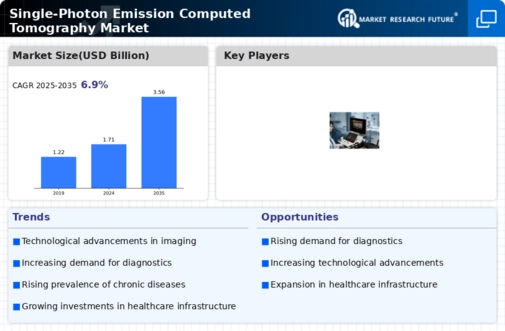

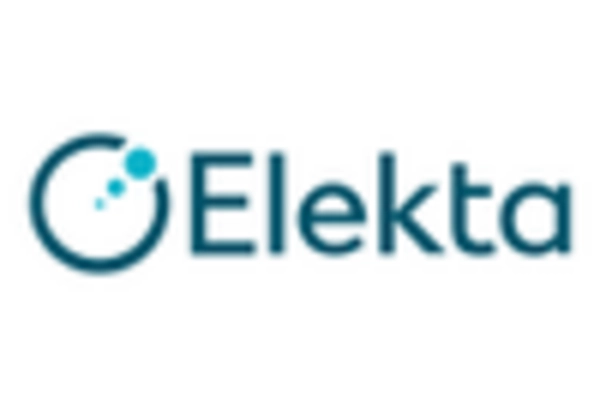
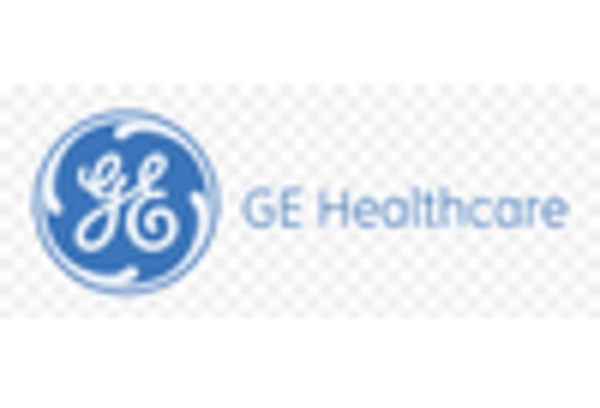
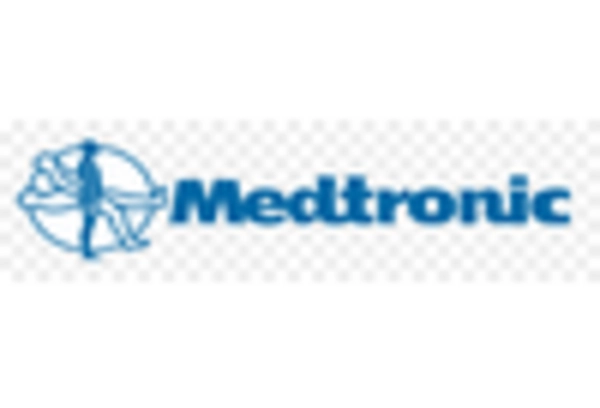
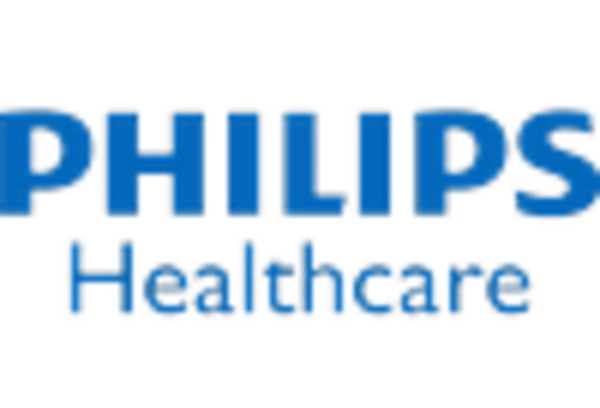
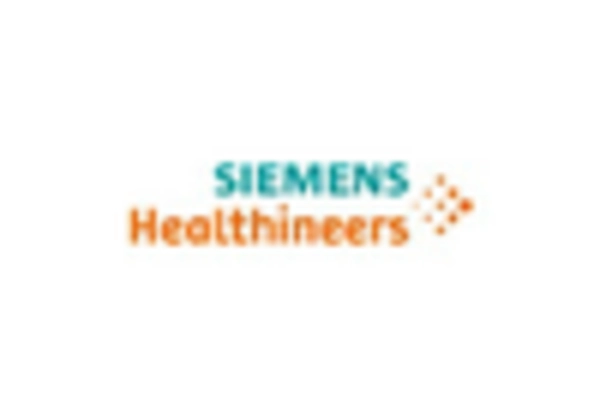









Leave a Comment